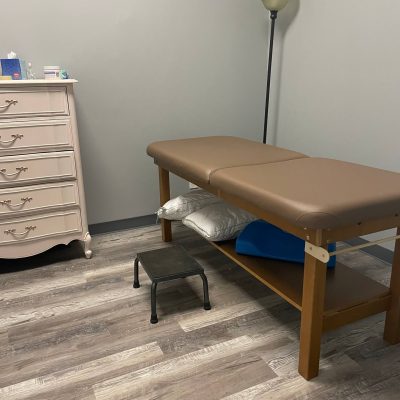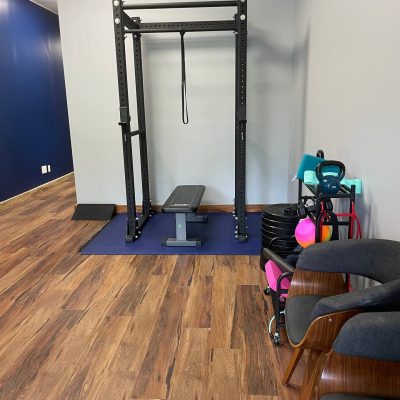Pelvic pain is a complex and often debilitating condition that can have a significant impact on a person’s quality of life. While there are numerous factors that can contribute to pelvic pain, one often overlooked aspect is the relationship between constipation and pelvic discomfort. In this blog post, we’ll delve into the intricate connection between these two issues and explore how addressing constipation can help manage pelvic pain.
Understanding Constipation:
Constipation is a common gastrointestinal problem characterized by infrequent bowel movements, difficulty passing stools, and a feeling of incomplete evacuation. It can result from various factors, including inadequate fiber intake, dehydration, lack of physical activity, certain medications, and underlying health conditions such as irritable bowel syndrome (IBS) or pelvic floor dysfunction.
The Impact of Constipation on Pelvic Pain:
The pelvic region houses several vital organs, including the intestines, bladder, uterus (in females), and prostate (in males). When constipation occurs, the buildup of stool in the intestines can exert pressure on surrounding structures, leading to pelvic discomfort or pain. This pressure can also affect the pelvic floor muscles, causing them to become tense or dysfunctional over time.
Furthermore, chronic constipation is also linked to certain conditions like pelvic congestion syndrome (PCS) or endometriosis, which are known to cause pelvic pain. In PCS, pelvic veins become enlarged and engorged, resulting in aching or heaviness in the pelvis, worsened by prolonged sitting or standing. Endometriosis involves the growth of uterine-like tissue outside the uterus, leading to pelvic pain, especially during menstruation.
The Vicious Cycle:
The relationship between constipation and pelvic pain often creates a vicious cycle. Pelvic pain can make it uncomfortable to move or exercise, contributing to a sedentary lifestyle that further exacerbates constipation. On the other hand, chronic constipation can cause increased abdominal pressure, leading to pelvic floor dysfunction and heightened pain perception.
Addressing Constipation to Alleviate Pelvic Pain:
Managing constipation is a crucial step in relieving pelvic pain and improving overall well-being. Pelvic Floor therapy can help break this cycle.
Pelvic floor therapy is a specialized form of physical or occupational therapy aimed at addressing issues related to the pelvic floor muscles, which play a crucial role in bowel and bladder function, as well as providing support to pelvic organs. This therapy is highly beneficial for individuals experiencing constipation and pelvic pain as it targets the underlying muscular and functional aspects contributing to these conditions. Let’s delve deeper into how pelvic floor therapy works and its specific benefits for managing constipation and pelvic pain.
- Muscle Assessment and Rehabilitation:
-
- Pelvic floor therapists start by conducting a thorough assessment to evaluate the strength, tone, flexibility, and coordination of the pelvic floor muscles. This assessment helps identify any muscle imbalances, weakness, or tension that may be contributing to constipation or pelvic pain.
-
- Based on the assessment findings, a personalized treatment plan is developed, incorporating various techniques to rehabilitate and optimize pelvic floor muscle function.
- Pelvic Floor Exercises:
-
- Pelvic floor therapy involves teaching specific exercises to strengthen or relax the pelvic floor muscles, depending on individual needs. These exercises may include Kegels, which focus on strengthening the pelvic floor, or relaxation techniques to release tension in overly tight muscles.
-
- Strengthening exercises help improve bowel control and support pelvic organs, reducing symptoms of constipation and pelvic pain. Conversely, relaxation techniques can alleviate muscle spasms and discomfort, promoting more comfortable bowel movements.
- Biofeedback and Electrical Stimulation:
-
- Biofeedback is a valuable tool used in pelvic floor therapy to provide real-time feedback on pelvic muscle activity. Sensors are placed on the pelvic floor muscles, and patients are guided to perform specific exercises while observing muscle contractions on a monitor. This visual feedback helps improve awareness and control of pelvic floor muscles.
-
- Electrical stimulation may also be used in conjunction with biofeedback to enhance muscle activation and coordination. It involves the use of mild electrical currents to stimulate targeted muscles, aiding in muscle re-education and symptom relief.
- Manual Therapy Techniques:
-
- Pelvic floor therapists may incorporate manual therapy techniques such as myofascial release, trigger point therapy, and soft tissue mobilization to address muscle tightness, knots, or adhesions in the pelvic region. These techniques help improve muscle flexibility, blood flow, and overall pelvic floor function.
-
- Manual therapy can be particularly beneficial for individuals experiencing pelvic pain due to muscle tension or dysfunction, providing relief and improving mobility.
- Education and Behavioral Strategies:
-
- Pelvic floor therapy sessions also focus on educating patients about healthy bowel habits, proper posture, breathing techniques, and lifestyle modifications that support pelvic health and alleviate constipation and pelvic pain.
-
- Behavioral strategies, such as timed voiding, relaxation techniques during bowel movements, and dietary adjustments, are discussed to optimize bowel function and reduce pelvic discomfort.
- Collaboration with Healthcare Providers:
-
- Pelvic floor therapists often collaborate with other healthcare providers, including gastroenterologists, gynecologists, and pain specialists, to ensure comprehensive care and address underlying medical conditions contributing to constipation and pelvic pain.
-
- They may also work closely with dietitians to provide dietary recommendations that support bowel regularity and digestive health.
In summary, pelvic floor therapy offers a holistic approach to managing constipation and pelvic pain by addressing muscular dysfunction, improving pelvic floor coordination, enhancing bowel function, and promoting overall pelvic health. It empowers individuals with the knowledge, skills, and tools needed to optimize pelvic floor function and achieve long-term symptom relief.







